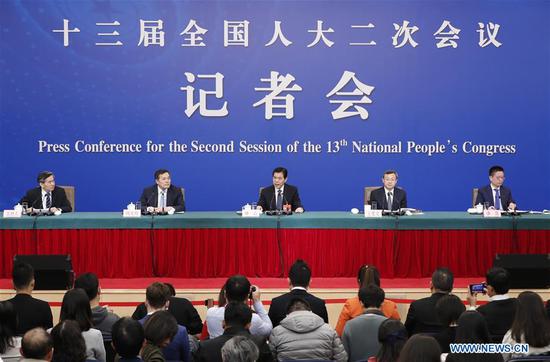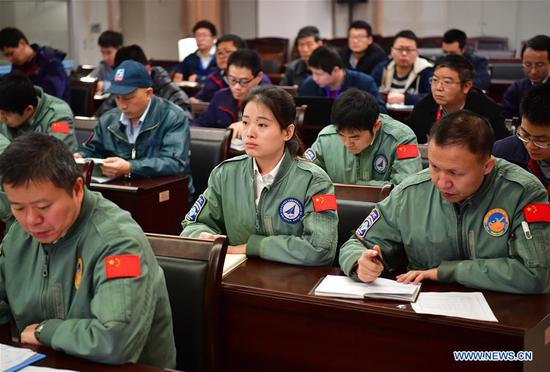The Chinese made 580 million self-driving trips across domestic destinations in 2018, a year-on-year increase of 35.6 percent, according to the China Tourism Academy (CTA).
According to data from the CTA, around 70 percent of domestic road trips in 2018 were excursions with a driving distance of no more than 200 kilometers and a travel period between 2 and 3 days. However, the number of long-distance and outbound self-driving trips saw expansion in 2018.
The self-driving market was expanding, said Dai Bin, head of the CTA.
The development and application of new technologies such as mobile Internet, big data and artificial intelligence changed people's way of traveling and promoted the development of relevant industries, including car renting, caravan manufacturing and campground development, Dai said. Car-renting platforms such as eHi, CAR Inc. and Ctrip not only offer domestic services but also those overseas.
Last year, Chinese made more than 5.5 billion domestic trips and 150 million overseas trips.
The CTA predicts a continuous increase of self-driving trips in China in 2019.
Dai advocates more attention on environmental protection during road trips. He said that the massive usage of private cars, cross-country vehicles, caravans and recovery vehicles may cause greater impact on the natural and human environment, compared to hiking, cycling or bus tours.
"Associations, companies and travelers should pay more attention to protecting the environment along the trips," Dai said.




















































